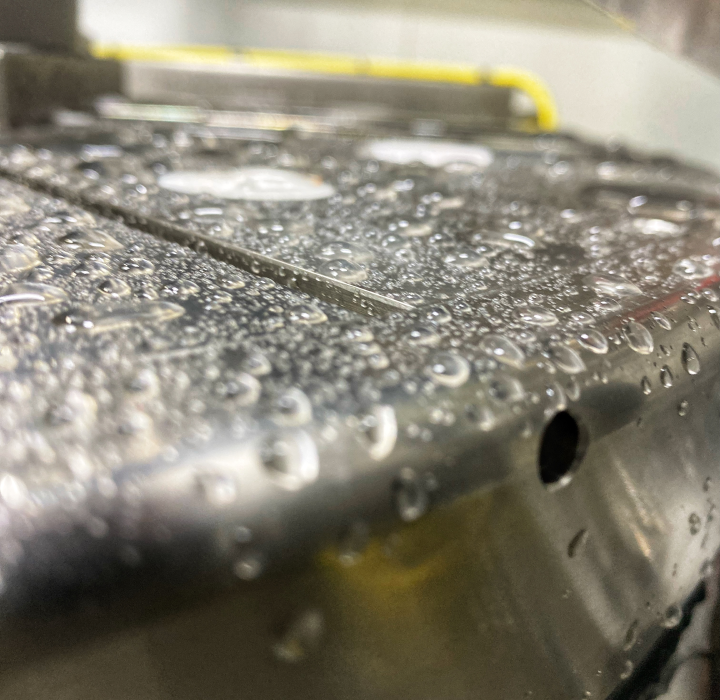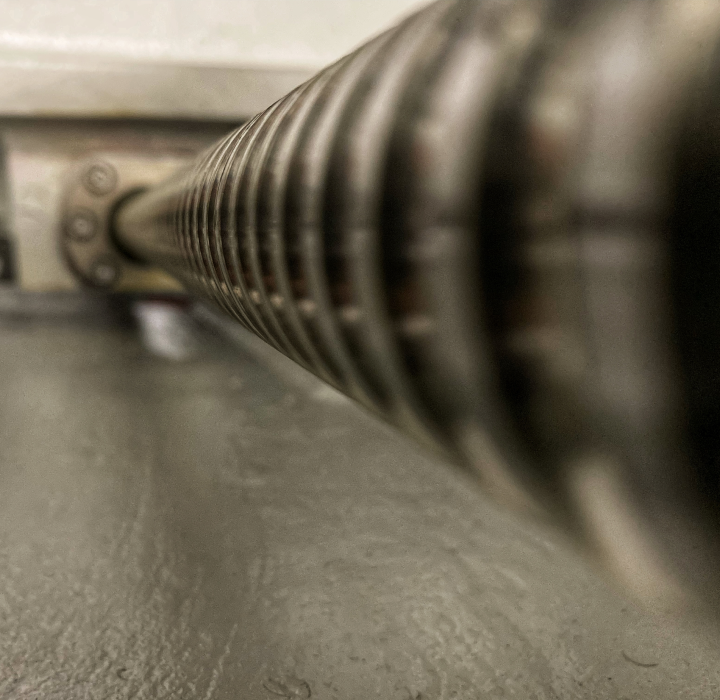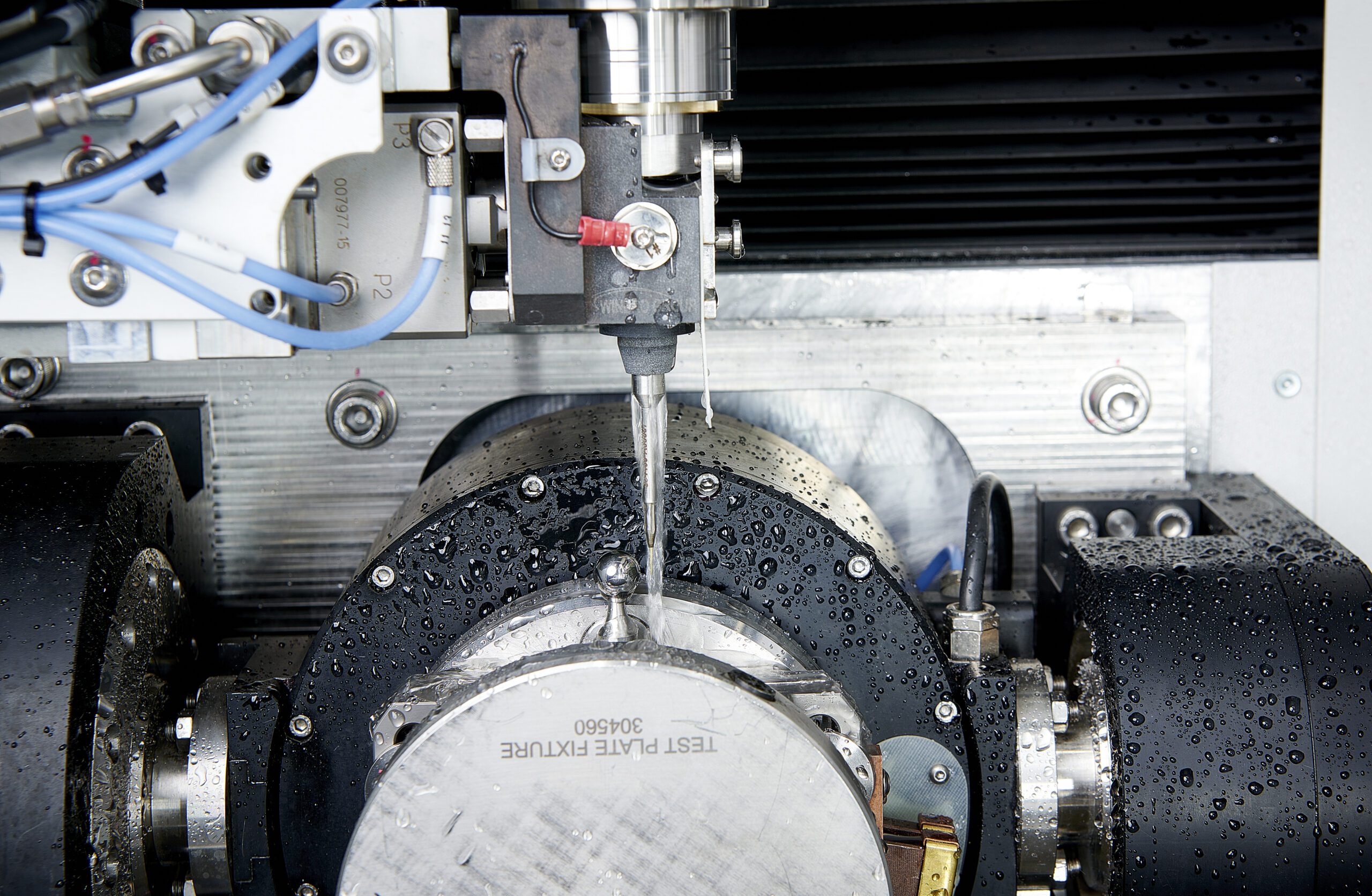
Electrical Discharge Machining (EDM) is a highly precise thermal process for removing unwanted metal material. This happens by applying cycled discharging sparks in the gap between an electrode and a conductive workpiece. EDM is commonly employed in the machining of refractory metals and challenging-to-machine materials that pose difficulties for traditional machining methods. This process is also referred to as spark machining or spark eroding.
Winbro’s High-Speed Electrical Discharge Machining provides substantially faster drilling times than the conventional oil dielectric process.

A compact, high-speed single point EDM system that delivers high productivity and meets the strictest standards for drilling turbine components and semiconductor process equipment.
Winbro machines use deionized water as the medium for the Electrical Discharge Machining process. This allows for a high speed drilling without the need to change oil based solutions.


Our machines are designed from the ground up to maximize precision through out the process. We offer multiple solutions to help monitor the EDM process to ensure high quality throughput.
Our EDM technology delivers functionality that has yet to be matched. Our advanced features include electrode probing and Electrical Discharge Machining milling where we use a cutter path to create 3D geometries similar to milling.

Explore the sophisticated components integral to Electrical Discharge Machining (EDM), illuminating the fundamental elements pivotal for its precision and effectiveness. From the spark generator to the intricacies of the dielectric fluid system, each facet orchestrates the controlled electrical discharges, crafting intricate shapes with exceptional accuracy
3049 Southcross Boulevard, Suite 105
Rock Hill, South Carolina 29730, USA